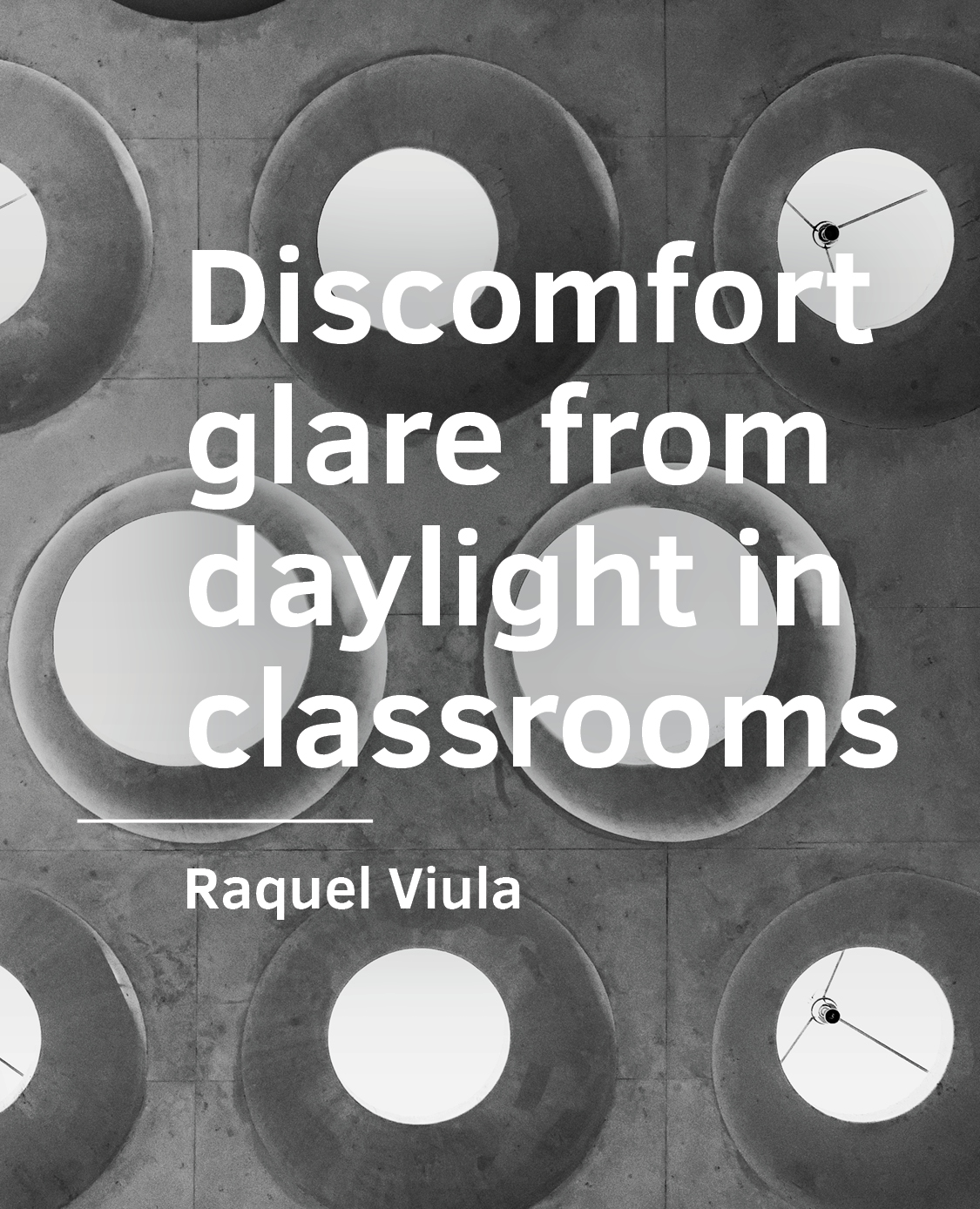Discomfort glare from daylight in classrooms
DOI:
https://doi.org/10.7480/abe.2022.14.6710Abstract
Provision of daylight without the risk of discomfort glare is one of the aspects that determine the quality of the classroom environment. Although discomfort glare from daylight is under investigation for a long time, a knowledge gap concerning the applicability of the existing metrics to the spatial conditions of the classroom is identified in this work. An investigation on the applicability of existing metrics to the prediction of discomfort glare in classrooms has been carried out based on two experimental studies. The analysis shows that the existing metrics have poor predictive ability particularly in the sitting positions away from the window light source. A study is then carried out to investigate how can more appropriate predictive models of discomfort glare be developed, based on three different methods. A modification of the Daylight Glare Probability (DGP) equation produced a significantly better discomfort glare model than any of the metrics that have been studied in this work. Following this finding, a new metric, DGPlog(Ev)new, is proposed. The produced metric suggests that discomfort glare in the classroom is better identified based on a range of equations for different sitting positions or that new variables that account for sitting position need to be included in a predictive model of discomfort glare for these spaces. A set of architectural design guidelines towards a discomfort glare free classroom is then proposed, based on the newly produced model and on the collected data.


